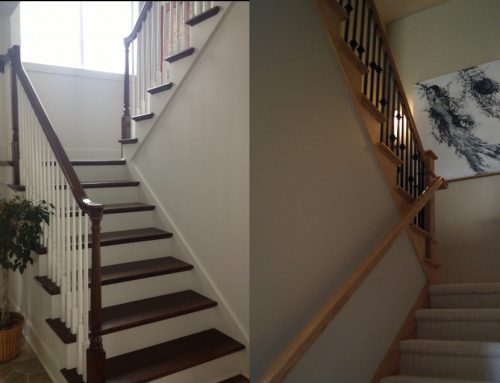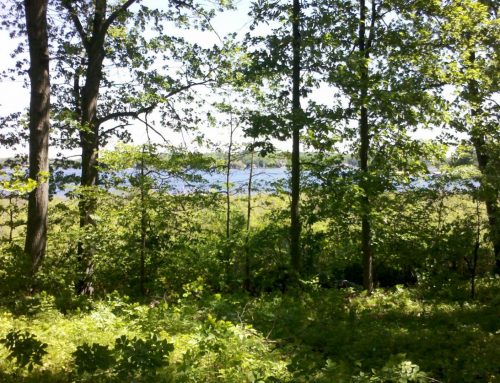Among the many words of advice that one will receive, when discussing the possibility of building a new home, is that you should not have a home built in the winter months. As is the case with most free advice from casually informed people, the value of said advice is somewhere between very little and not very much.
Many myths have been perpetuated over the years about winter building and like so many other myths, what seems to be based on common sense becomes, over time, accepted as fact. Let’s look at a few of these myths and clear up some common misunderstandings.
MYTH # 1. Concrete poured in the winter contains additives that make the concrete weaker.
It is true that calcium chloride is added to the concrete mix to accelerate the curing process in cold weather conditions. What is ultimately important however, is that the concrete with additives as compared to concrete without additives is not significantly different in strength, when both are fully cured. Concrete walls with additives in the mixture must, and do, meet building code requirements. This treatment has been successfully used for many decades so I would classify it as a proven approach in cold weather.
Obviously there are low temperature limits which make pouring concrete no longer feasible. There are ways to protect newly poured concrete from the cold such as blankets or straw, but even this type of protection has limits to their effectiveness and waiting out a cold snap may be the best approach.
MYTH # 2. Cold weather plays havoc with lumber exposed to the elements in the framing stage.
It is true that, in a perfect world, every day in the framing stage would be 72 degrees and sunny with low humidity but we rarely are fortunate enough for that to be the case. Since inclement weather is more likely than not to occur, the lumber industry has and continues to develop procedures that are used in the milling process that inhibit the deleterious effects of poor weather.
Framing lumber is kiln dried and delivered to the job site at 19 % moisture content. This is the case throughout the entire year and it is when ambient humidity becomes a factor. When the predictable rainy day occurs, some of that moisture is absorbed by the lumber. In the summer it is more common than not to have high humidity, day and night, that doesn’t allow this moisture to evaporate from the lumber throughout the duration of the project. Air conditioning can help expedite the drying process but is rarely used during construction and when it is used it is at the very end of construction.
Conversely, lumber that is exposed to the more infrequent rainy day in the dead of winter is exposed to very low humidity and has a chance to lose the absorbed moisture during the remainder of the construction process. Homes under construction must be heated in the winter and in conjunction with the low humidity the drying out is accelerated.
Snow has no adverse effects on lumber as long as it is removed before melting.
MYTH # 3. Workmanship suffers when construction workers are fighting the elements.
Construction workers, by nature, are a hardy and perseverant sort. It is obvious that most everyone would prefer to have beautiful weather to perform their work in but seldom are conditions perfect and that fact is accepted as part of the job. No matter the time of year, there always seems to be some challenge to overcome, be it wind, rain, sweltering heat and humidity or numbing cold. It may be difficult to believe but there are a fair amount of workers who prefer the cold to working in heat and humidity.
MYTH # 4. Homes built in the winter are priced higher than homes built in the summer.
While it is true that there are additional expenses to account for to get a project completed in the winter, compared to the overall cost of the project they are relatively insignificant. These additional costs may however, be the least of two evils when one takes into account that the price for materials and labor usually increase in early spring. These price increases can easily exceed any additional expenses related to cold weather construction.


